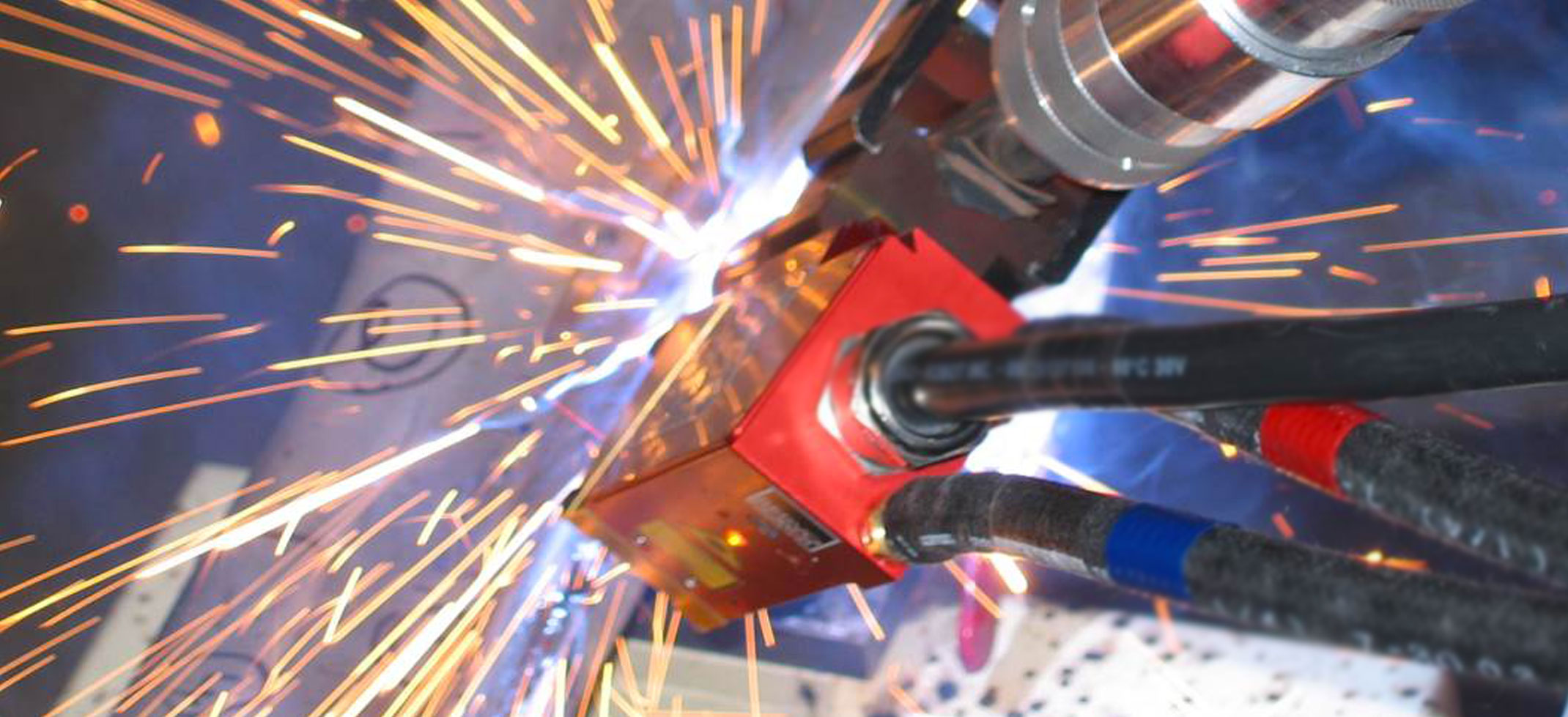Using the TIG (Tungsten Inert Gas) technique, in AC current, the welding takes place by means of an electric arc which strikes between the piece to be welded and a tungsten electrode specific for aluminum; the arc is protected by shielding gas (usually argon is used, more rarely helium). The current and therefore the arc of TIG welding that the machinery must output is of alternating type, so as to “break” through the frequency welding the patina of alumina that is formed by heating the metal. This way you have the option to weld directly or “piece by piece”, or you can use sticks to carry welding (the most common are of aluminum alloys and magnesium or aluminum and silicon).
Another way to weld aluminum is the use of machines MIG (Metal Inert Gas). In this case the welding wire is a coil that is flowing through a guide within the welding torch, pushed or pulled by the rollers allowing the carryover of the material required for the fusion, always with electrical arc in protective gas (Ar) . Unlike TIG welding, the electric arc starts from the wire and not from an electrode as in the prior TIG.
The aluminum welding with MIG machines is much faster, but aesthetically less appreciable compared to TIG welding because of the spray of material that are generated by the electric arc which does not start from a tungsten electrode, but directly from the wire generating splashes of molten aluminum that are fixed on the areas near the welding point.
More information: http://www.heatexchanging.com






